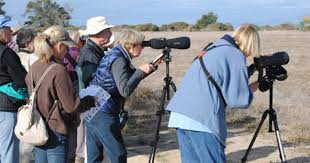by DJ Featherton
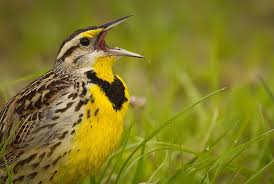
I’ve been watching and identifying birds since I was a kid. Hawks and owls were favorites, and eagles were best if I would ever see one. I could identify some woodland birds if they were colorful. My real birding didn’t begin until my college years in Wisconsin. There, I became friends with an English prof who was one of the noted birders in the Midwest. He taught me a lot. I quickly learned that if you can’t recognize the sounds of birds, especially your favored residents, then you are truly handicapped in your birding enjoyment.
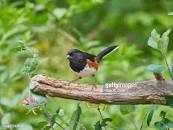
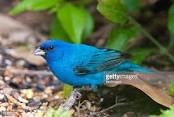
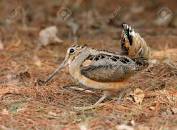
My wife and I had some acreage just outside of town in the upper Mississippi valley. We had several feeders, and we had birds of all kinds. Time after time we would wonder what we were hearing but couldn’t see. CDs were not around at that time, but I was able to rent bird-call identification vinyl records from the city library. Without too much effort, our birding fun at home and elsewhere had more than doubled! Many calls are transformed into words for easy recognition, like “drink your teeea” for the sound of the Rufous-sided Towhee, or “fire-fire, where-where, here-here” for the Indigo Bunting. Now we could identify the different owls without even seeing them, and that odd buzzing sound we sometimes heard turned out to be an American Woodcock. Previous to that, we weren’t even aware of a lot of these bird. From catbirds to Chipping Sparrows, and owls to Whip-Poor-Wills our birding really became fun.
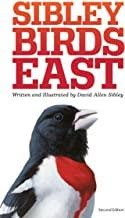


I’ve always relied on Roger Tory Peterson’s field guides for bird identification. My field guide is old and dog-eared and has all my notations about when and where I’ve seen and identified specific birds! It’s like an “old friend”. When heading out on a birding trip, I don’t leave home without it. Peterson also has audio CDs entitled “Birding by Ear” and a field guide to “Bird Songs: Eastern and Central North America” by Cornell Laboratory. For the beginners, these audio CDs are a must. For the old pros, don’t leave home without them. There are many field guides and audible field guides to choose from for your specific needs and interests. Now there are also a number of bird ID apps with sound ID, too. I prefer Merlin. So, you can take this ID helper out in the field with you. Today’s technology is wonderful! But my rule is to enjoy the day’s birding without getting lost in cellphone-land! Check them all out.
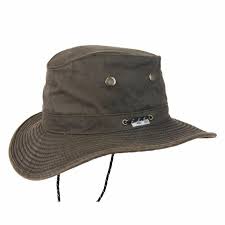

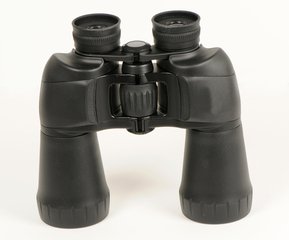
So, what does any birder need? Good shoes, a good hat, sunglasses, good binoculars, a field guide, an audible field guide, and birds! Here’s to happy and successful birding adventures.
